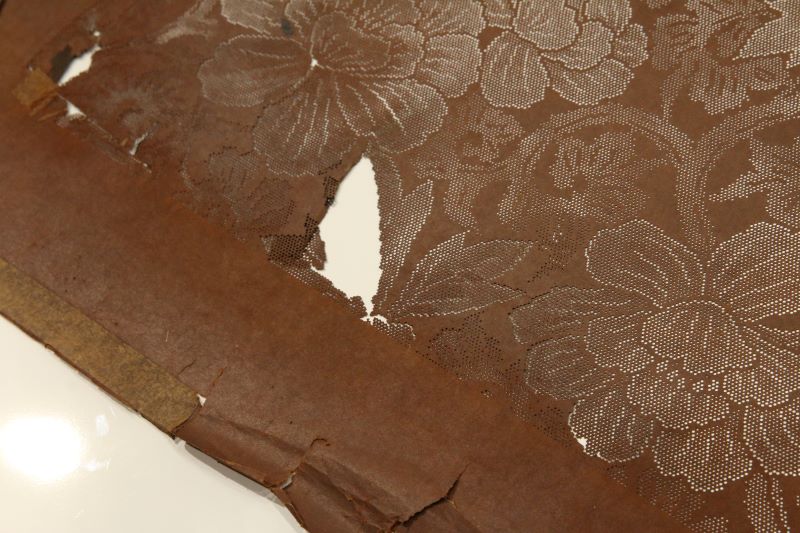SeiLeise (DE)
Also: https://www.instagram.com/seileise
SeiLeise is a street artist from Cologne. With his colourful paste-ups he has declared war on the grey of the cities and comments on current events; partly playfully, partly with explicit social criticism. At the same time, seiLeise is considered a pioneer of reverse graffiti. For this, he cleans dirty walls, some of them covered with moss – equipped with a sandblaster, a compressed air bottle and a stencil – and thereby sets very quiet, inconspicuous artistic accents. Only if you look closely will you discover his stencil works.
SeiLeise ist ein Kölner Street Art-Künstler. Mit seinen farbenfrohen Paste-Ups hat er dem Grau der Großstädte den Kampf angesagt und kommentiert das aktuelle Zeitgeschehen; teils spielerisch, teils mit explizit sozialkritischem Bezug. Gleichzeitig gilt seiLeise als Pionier des Reverse Graffiti. Dafür reinigt er verschmutzte, teils mit Moos bewachsene Wände – mit Sandstrahler, Pressluftflasche und Schablone ausgerüstet – und setzt dadurch ganz leise, unscheinbare künstlerische Akzente. Nur wer genau hinsieht, entdeckt seine Schablonenbilder./






